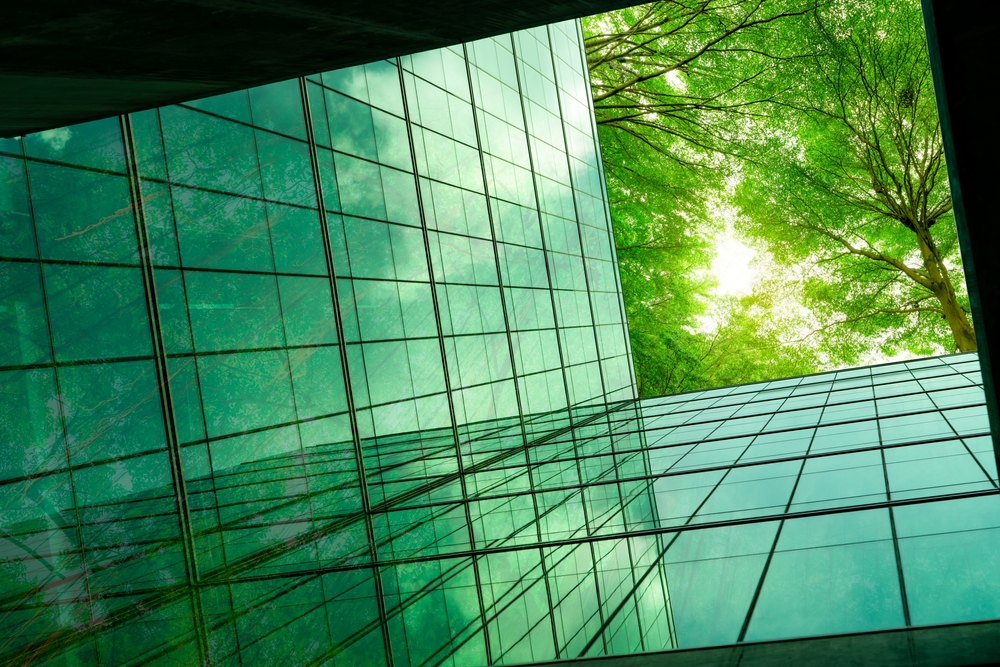The Benefits of Sustainable Architecture
Sustainable architecture has become one of the most important trends in the construction and design industries as we approach 2025. With growing concerns about climate change, resource depletion, and environmental degradation, architects, engineers, and developers are increasingly prioritizing sustainability in their projects. Sustainable architecture refers to the design and construction of buildings that minimize environmental impact, optimize resource use, and create healthier living environments. This article explores the multifaceted benefits of sustainable architecture, from environmental advantages to economic and social impacts.

Environmental Benefits
The primary motivation behind sustainable architecture is to reduce the ecological footprint of buildings. Traditional construction practices often involve excessive energy consumption, waste generation, and pollution. Sustainable architecture, by contrast, incorporates eco-friendly materials, energy-efficient systems, and waste reduction strategies that contribute to environmental conservation.
Energy Efficiency and Reduced Carbon Emissions
Buildings are responsible for a significant portion of global energy use and carbon emissions, accounting for nearly 40% of total energy consumption worldwide. Sustainable architecture employs passive design principles such as natural ventilation, daylighting, and thermal insulation to reduce energy requirements. Additionally, the integration of renewable energy sources like solar panels and geothermal systems lowers dependence on fossil fuels.
By decreasing energy demand and utilizing clean energy, sustainable buildings help combat climate change. For instance, a well-designed green building can reduce carbon emissions by up to 30-50% compared to conventional buildings. This reduction is critical for meeting global climate targets set by organizations like the United Nations.
Conservation of Natural Resources
Sustainable architecture prioritizes the efficient use of natural resources throughout a building’s lifecycle—from material extraction to demolition. This includes using recycled or locally sourced materials, low-impact construction techniques, and designs that minimize waste.
Water conservation is another crucial aspect. Sustainable buildings often feature rainwater harvesting systems, greywater recycling, and water-efficient fixtures to reduce freshwater consumption. These measures protect water supplies and reduce strain on municipal infrastructure.
Economic Advantages
While sustainable architecture can sometimes involve higher upfront costs, it offers significant long-term economic benefits for owners, occupants, and communities. These advantages make green buildings a financially sound investment.
Lower Operating Costs
One of the most tangible benefits of sustainable architecture is the reduction in operating expenses. Energy-efficient designs reduce electricity and heating bills by minimizing energy waste. Similarly, water-saving technologies lower water bills. Over the lifespan of a building, these savings can amount to tens or even hundreds of thousands of dollars.
Moreover, sustainable buildings tend to require less maintenance and have longer lifespans due to the use of durable, high-quality materials and systems. This durability reduces repair and replacement costs, further enhancing economic viability.
Increased Property Value and Marketability
Sustainability is increasingly becoming a key criterion for real estate buyers and tenants. Buildings that meet green certification standards such as LEED (Leadership in Energy and Environmental Design) or BREEAM (Building Research Establishment Environmental Assessment Method) often command higher property values and rental rates.
As awareness of environmental issues grows, demand for green buildings is expected to rise in 2025 and beyond. Developers who invest in sustainable design can attract eco-conscious clients, differentiate their properties in competitive markets, and achieve faster sales or leases.
Job Creation and Economic Growth
The green building sector also contributes to economic development by creating jobs in areas such as renewable energy installation, sustainable material production, and environmental consulting. Governments and organizations worldwide are promoting sustainable architecture through incentives, grants, and regulations, stimulating innovation and investment in green technologies.
Social and Health Benefits
Beyond environmental and economic advantages, sustainable architecture improves the quality of life for building occupants and communities. The focus on human well-being is a vital component of green design.
Improved Indoor Air Quality and Comfort
Sustainable buildings incorporate non-toxic materials, proper ventilation, and natural lighting to create healthier indoor environments. Good air quality reduces the risk of respiratory illnesses and allergies, while access to daylight and views of nature enhances mental health and productivity.
Thermal comfort is also prioritized through efficient insulation and climate-responsive design, making indoor spaces more pleasant year-round without excessive reliance on heating or cooling systems.
Enhanced Community and Social Cohesion
Sustainable architecture often includes designs that foster social interaction and community engagement. For example, green buildings may incorporate shared gardens, open public spaces, and pedestrian-friendly layouts that encourage connection among residents.
Additionally, sustainable development practices consider the social equity of projects, ensuring that affordable housing and public amenities are integrated, thereby contributing to inclusive and resilient communities.
Resilience to Climate Change
As climate-related disasters such as floods, heatwaves, and storms become more frequent, sustainable buildings are designed to be more resilient. Features such as elevated foundations, stormwater management systems, and robust structural materials help protect occupants and minimize damage during extreme weather events.
This resilience not only safeguards human lives but also reduces economic losses and recovery times for communities.
Conclusion
Sustainable architecture represents a holistic approach to building design that balances environmental stewardship, economic viability, and social well-being. By adopting green building practices, the architecture and construction industries can significantly reduce their environmental footprint, save money over the long term, and create healthier, more resilient communities.
As we move deeper into 2025, the benefits of sustainable architecture are becoming increasingly clear and essential. Whether through energy efficiency, resource conservation, or improved occupant health, sustainable buildings play a crucial role in shaping a more sustainable and equitable future. Embracing this approach is not only a responsibility but also an opportunity to innovate and transform the way we live and interact with our built environment.
Disclaimer: All content, including text, graphics, images and information, contained on or available through this web site is for general information purposes only. The information and materials contained in these pages and the terms, conditions and descriptions that appear, are subject to change without notice.




